National Gardening Week: it’s great time to get into gardening
The physical and mental health boosts provided by gardening – or just being in gardens – are well documented. This National Gardening Week, let us help you get started.
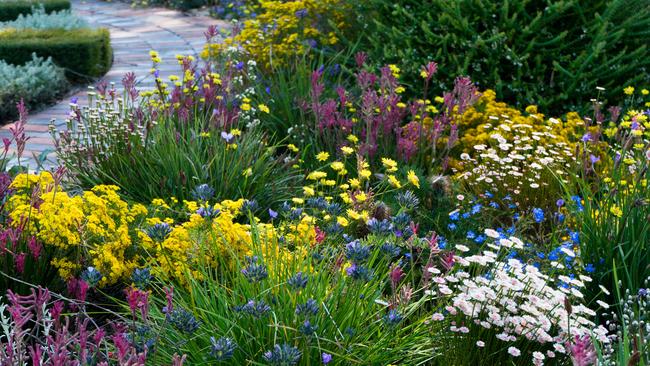
National Gardening Week (October 13-19) celebrates the pleasures and benefits of gardening. The physical and mental health boosts provided by gardening – or just being in gardens – are well documented, but sharing time with fellow gardeners provides social benefits too. Joining a local garden club is one of the best ways to access a wealth of local knowledge and plants, while becoming part of a gardening community. Find a club near you through Garden Clubs of Australia (gardenclubs.org.au). You could also join a community garden (communitygarden.org.au), or the friends group of your nearest botanic garden, National Trust property or public garden. There are plenty of gardening courses on offer, both online and in person, to develop your skills or perhaps re-train for a career in horticulture. Other ideas to celebrate National Gardening Week include planting a tree, visiting an open garden, throwing a garden party, organising a street clean-up or beautification project, buying a good gardening book, adding some indoor plants, or starting that vegie garden you’ve been thinking about.
Pin high
Pincushion flower is a prettier name than Scabiosa for these small, cottagey perennials.
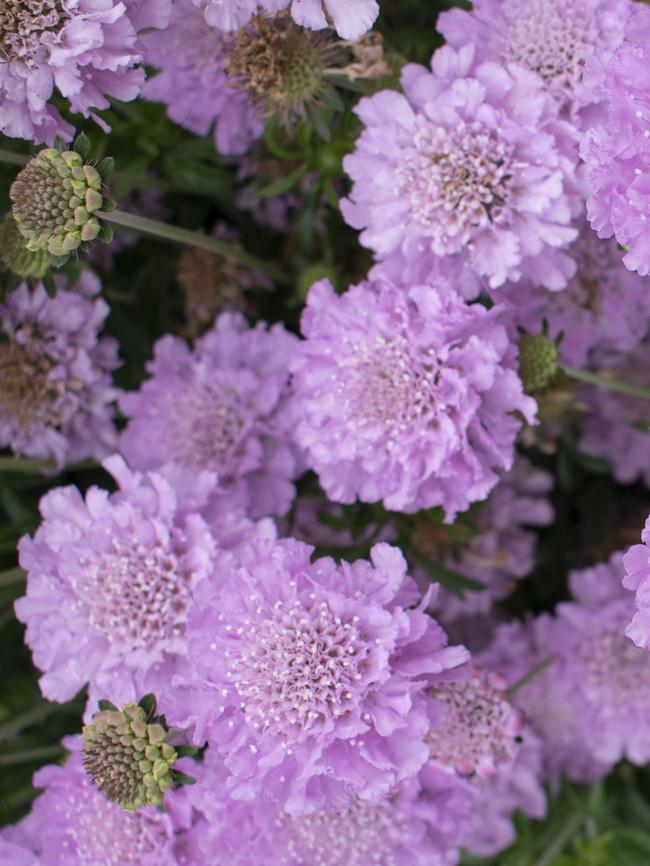
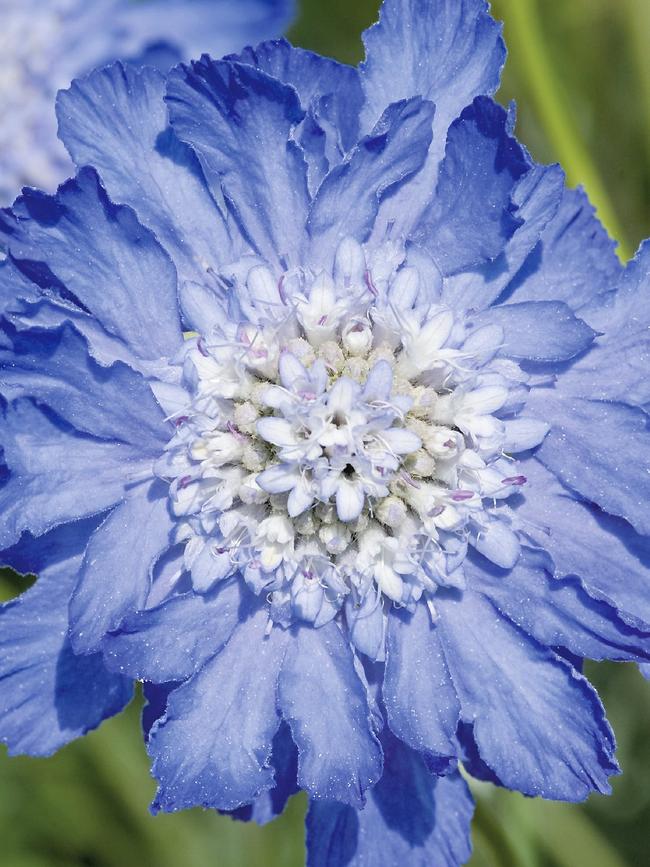
The prolific flowers from spring to autumn attract butterflies and other pollinators, and are lovely as cut flowers. These four are part of PGA’s range (pga.com.au).
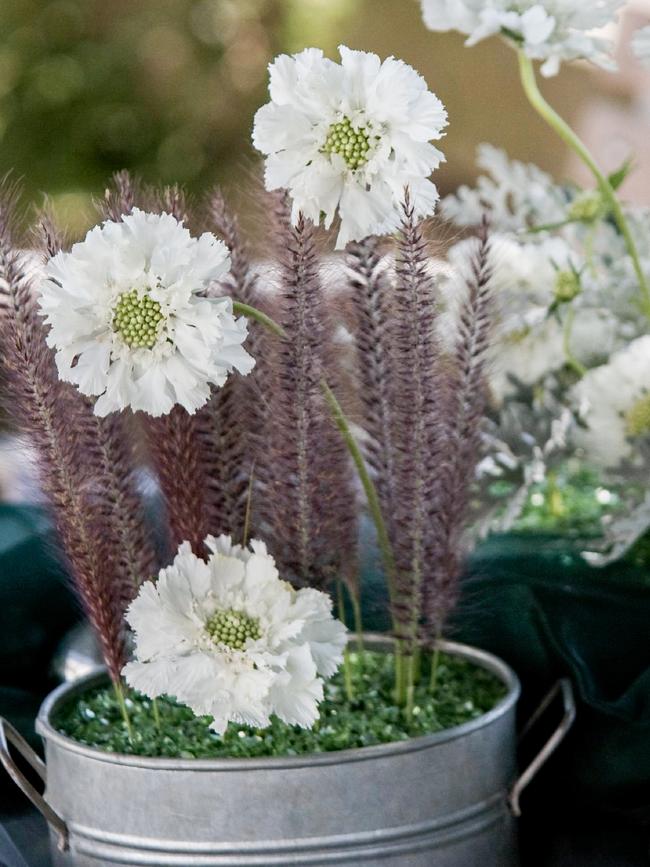
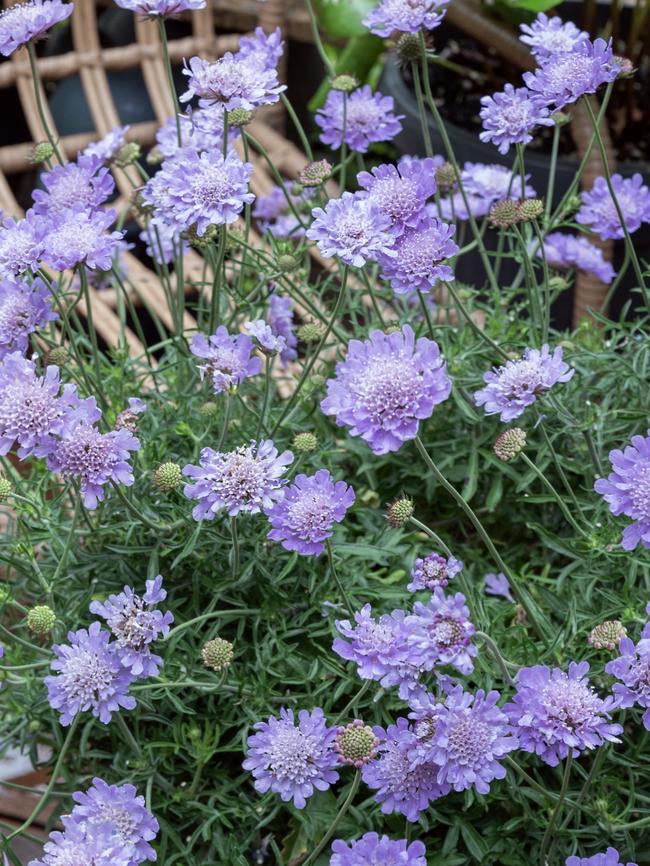
Q&A
We have a couple of Zanzibar pot plants indoors that are very droopy and spindly. I water them once a month – is this too much or too little?
Tori Hamilton, by email
Zanzibar Gem or ZZ plant tolerates neglect and low light, but all plants have their limits. Drooping foliage can be from under or overwatering but the latter is the most common cause of indoor plant deaths. Watering frequency depends on air temperatures, humidity, amount of light, size of plant, size of pot, type of plants and potting mix. The best guide is to let the potting mix just dry out before you water again. You could use a soil moisture probe to check below the surface. Never let water sit in the saucer, or worse, use a pot without any drainage holes. Once root rot sets in, it can be fatal. Spindly growth is usually a sign of too little light.
About a quarter of my anthuriums have developed brown areas on their leaves. They’re growing outside in a bright, shady area and are watered every three days. What’s the cause and remedy?
Soo-Huat Choo, Brisbane
Anthuriums are tropical plants, usually grown as houseplants, but they can survive outdoors in subtropical climates given the right conditions. They’re sensitive to environmental fluctuations such as sudden changes in temperature. They don’t like cold, so wet conditions in winter, especially if the soil waterlogs and stays cold, can cause this. Reduce watering in winter. Direct sun exposure, even briefly, can also cause burnt patches.
What small native plant could I grow in a spot shaded by a large wattle? The soil is black basalt clay.
Alan East, Moss Vale, NSW
The best natives for shade include many Correa varieties, branching grass flag (Libertia paniculata), various Plectranthus species, native mint bush (Prostanthera), bugle (Ajuga australis), and many native ferns.
Send your questions to: helenyoungtwig@gmail.com The best question for October wins a copy of Paul Bangay’s new book Big Garden Designs: the Making of Beautiful Country Gardens (Thames & Hudson, $90)
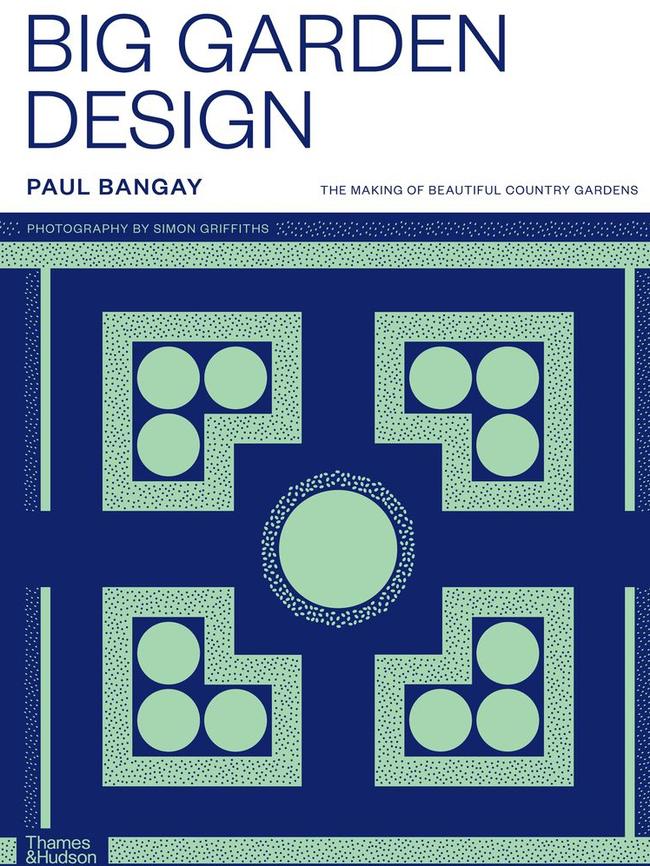




To join the conversation, please log in. Don't have an account? Register
Join the conversation, you are commenting as Logout